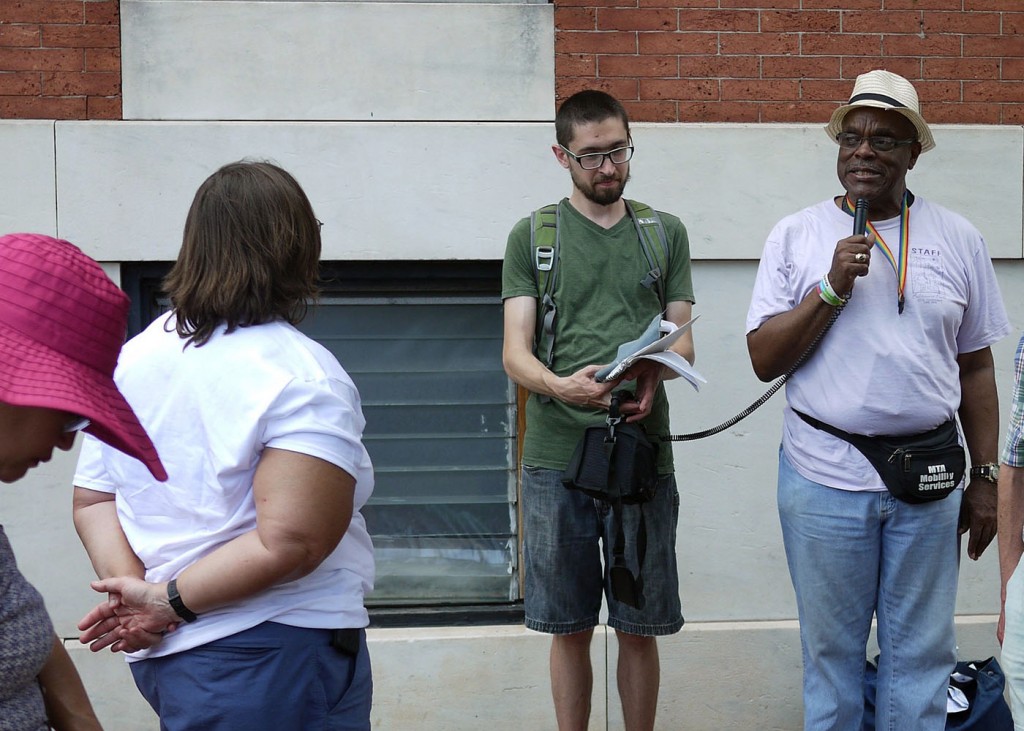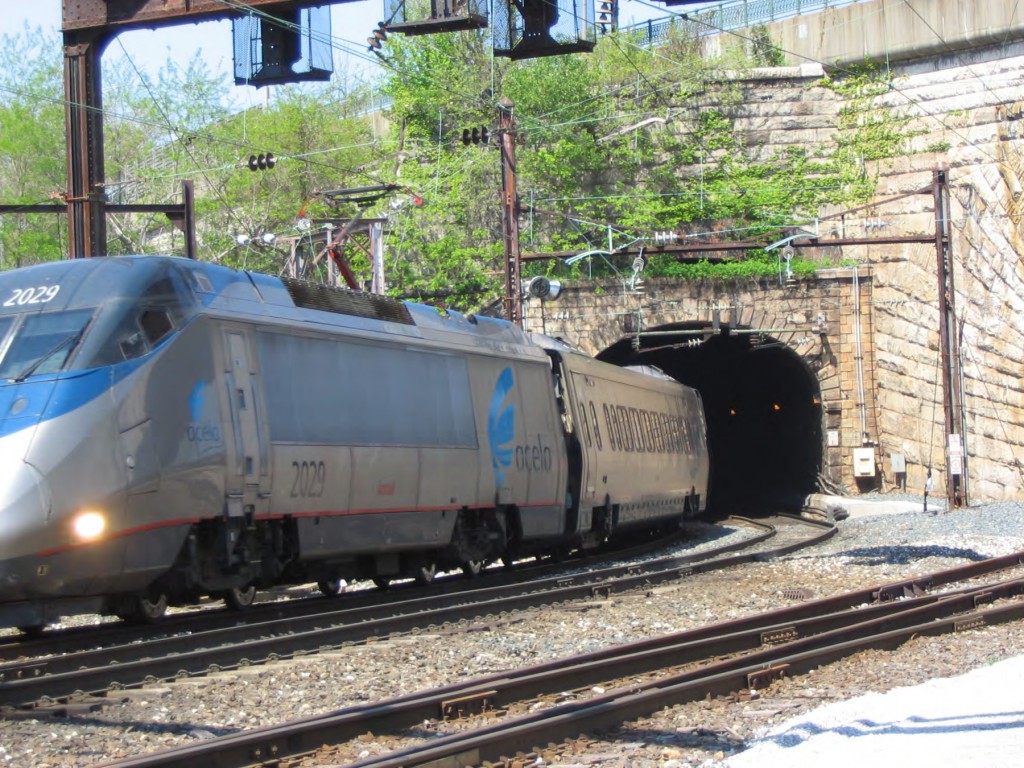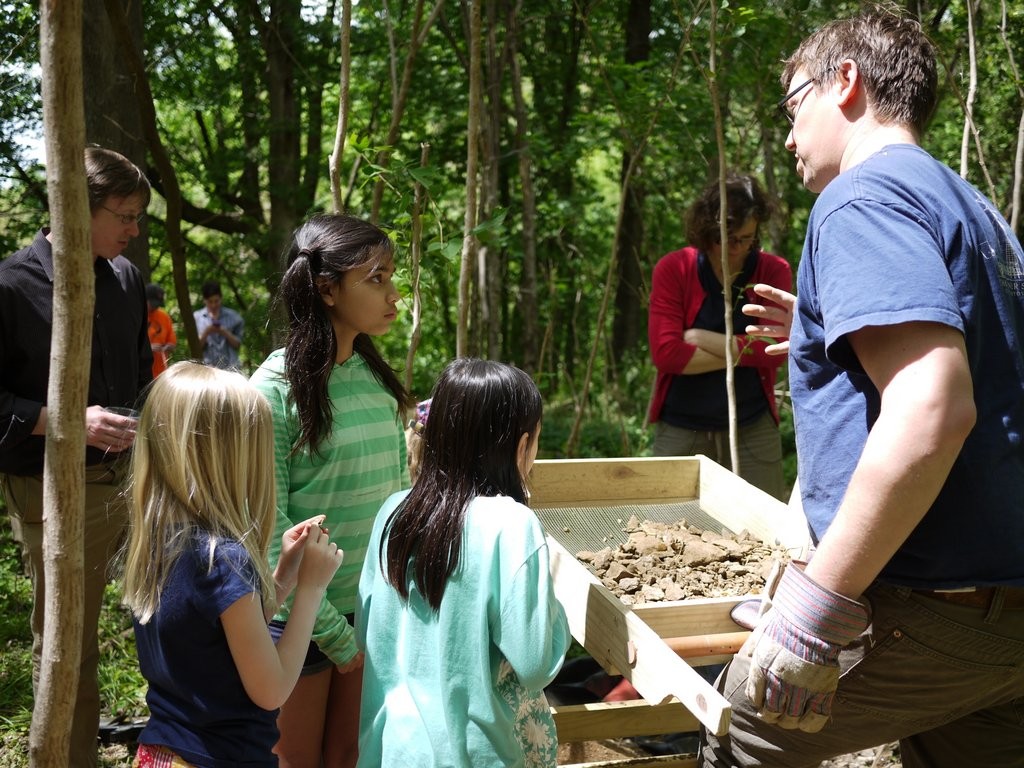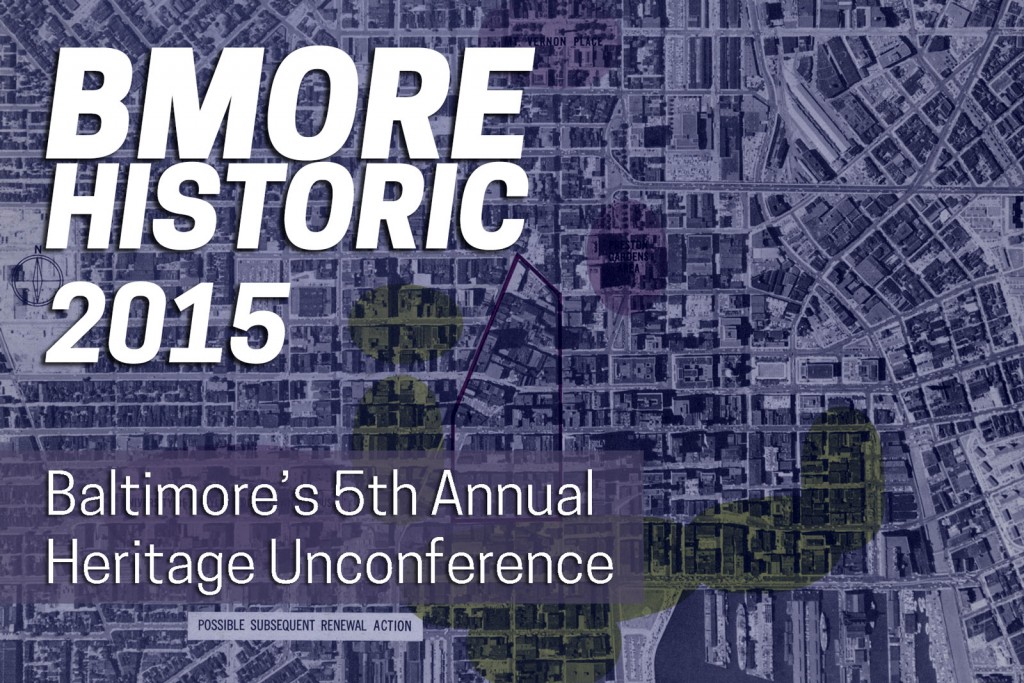City Paper writer (and Baltimore Heritage volunteer) Kate Drabinski responded to the news that the 43-year-old gay bar the Hippo is closing this year with a thoughtful article on the work being done by archivists, scholars and community members to preserve LGBTQ history in Baltimore:
“Louis Hughes, now 71, moved to Baltimore in 1970 and came out in 1974. In 1975 he helped found the Baltimore Gay Alliance, which is now the Gay and Lesbian Community Center of Baltimore (GLCCB). He served on the community advisory board of Johns Hopkins Hospital and worked tirelessly with others to pass the Baltimore City and Maryland lesbian and gay rights bills, work that took years. After those bills were passed, he helped with trainings for police, social workers, teachers, and the general public to help what he calls “the slow but sure process of change.” He now serves on the Baltimore Heritage LGBTQ history committee and helps lead tours of Baltimore’s “gayborhoods” of Mount Vernon and Charles Village.”
Read the full article – Recording the Rainbow Revolution – or connect with others interested in LGBTQ heritage on the Rainbow Heritage Network website and Facebook group.






